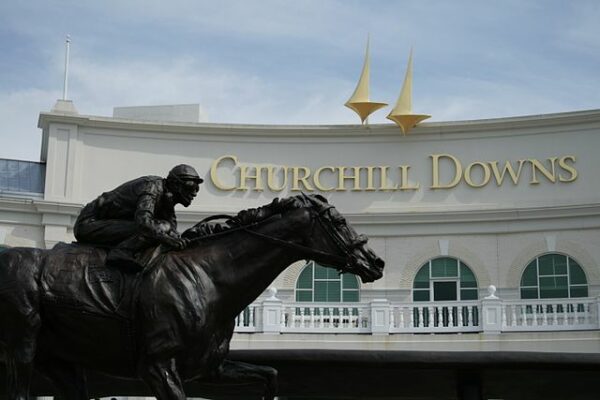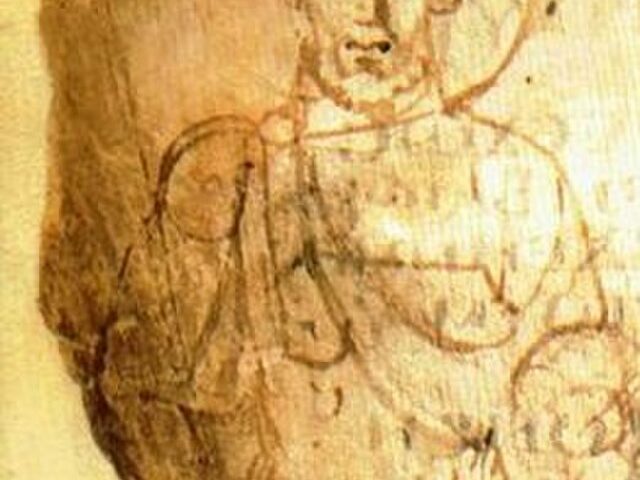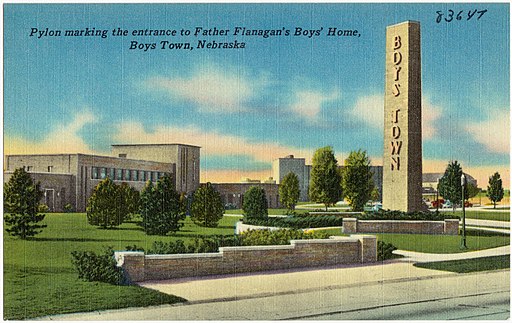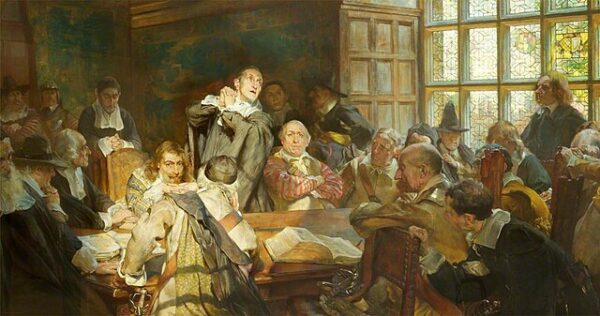On May 17, 1875, “The Most Exciting Two Minutes in Sports.” took America by storm at a racetrack at Churchill Downs. The Kentucky Derby was born. Founded by Meriwether Lewis Clark Jr., the grandson of the famous explorer William Clark, the race was inspired by his travels to England and France, where he witnessed the Epsom Derby and the Grand Prix de Paris. Clark aimed to create a similar prestigious event in the United States.
Clark’s uncles, John and Henry Churchill, provided the financial backing to establish Churchill Downs, which is named after them. Construction of the racetrack began in 1874, and by the following year, it was ready to host what would become America’s longest continually held sporting event. The inaugural race was met with much fanfare, drawing a crowd of approximately 10,000 spectators, a significant turnout for the era.
The first Kentucky Derby featured 15 three-year-old Thoroughbreds, racing a distance of 1.5 miles, which was later shortened to the current 1.25 miles in 1896. The race’s length was influenced by the Epsom Derby in England, which also featured a 1.5-mile course. This distance tested the endurance and speed of the young horses, making for an exciting and unpredictable competition.
The winner of the first Kentucky Derby was a chestnut colt named Aristides, ridden by jockey Oliver Lewis and trained by Ansel Williamson, an African American trainer who had been born into slavery. Aristides’ victory was significant not only because he was the first to win the now-iconic race, but also because his success highlighted the integral role of African Americans in the early years of the sport. At that time, African American jockeys and trainers dominated horse racing, with 13 of the 15 jockeys in the first Derby being black.
Aristides was owned by H. Price McGrath, a wealthy and influential horse breeder. McGrath had also entered another horse, Chesapeake, in the race, with the intention that Aristides would set the pace for Chesapeake to secure the win. However, as the race unfolded, it became clear that Aristides was the stronger contender. Urged on by the crowd’s cheers and his jockey’s skillful riding, Aristides crossed the finish line first with a time of 2 minutes, 37.75 seconds.
The success of the first Kentucky Derby was a testament to the vision and efforts of Meriwether Lewis Clark Jr., who sought to bring the grandeur of European racing to America. The event quickly gained popularity, becoming an annual tradition and a cornerstone of American sports culture. Over the years, the Kentucky Derby has evolved, with traditions such as the garland of roses for the winner, the playing of “My Old Kentucky Home,” and the distinctive fashion of Derby Day, including elaborate hats and seersucker suits.
Today, the Kentucky Derby is the first jewel in the Triple Crown of Thoroughbred Racing, followed by the Preakness Stakes and the Belmont Stakes. Its rich history and enduring legacy continue to captivate audiences worldwide, celebrating not only the sport of horse racing but also the vibrant culture and community of Kentucky.






